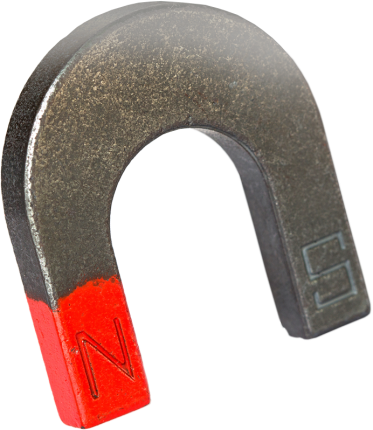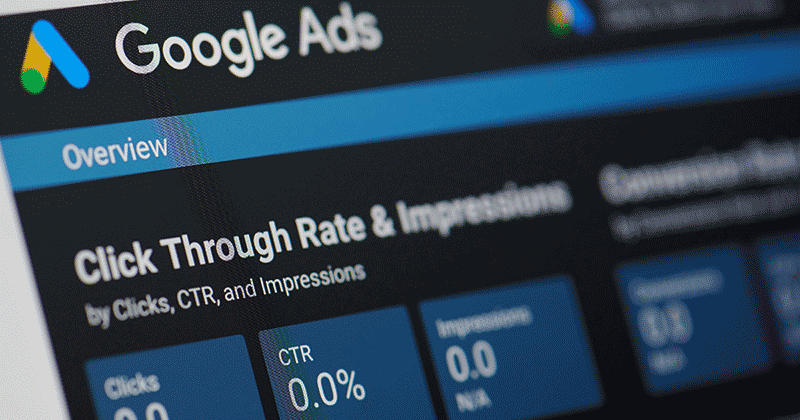What You Should Be Measuring — But Aren’t
Time for some more paid search! Chris Sherman is moderating with speakers Akin Arikan (Unica Corporation), Christine Churchill (KeyRelevance), Rich Devine (ZAAZ), and Ryan Gibson (Rimm-Kaufman Group).
No witty banter this time as Chris gets right into things. Christine Churchill is up.
“Sixty-three percent of consumers who conducted online searches for various product categories convert offline” – Google, comScore study March 2006
Many companies push prospects to a phone call or other offline channel because it allows marketers to use the power of voice to convert prospects. This tactic is appropriate for businesses requiring “high tough”. It works for B2B and companies with long complicated sales processes, and is common for local service companies.
Methods to Track Offline Conversions
Simple:
- Make an assumption based on their sales
- Anecdotal data: Ask the salesperson or call center people to ask customers how they learned where to buy the item.
- In Store surveys: Surveys ask customers how they found the product.
Intermediate:
- SWAG it from limited pilot tests
- Use a unique phone number in ads from pilot campaign
- Determine an online-offline ratio
- Extrapolate future sales
- Offer coupons or special offer codes
- Unique pricing: Place unique online pricing on a search landing page. If people quote the special rate then you know they started online.
Advanced:
- Customer tagging: Tie the online cookie with the offline customer number or credit card data of offline purchases.
- Use of Unique Phone Numbers: Users from different referrers provided a unique landing page with a unique 800#. The Customer is with a cookie so the phone number is used consistently.
- JavaScript overrides different number based on referrer.
- Phone per campaign
- Track via phone logs
- Pay Per Call – Track calls on separate ad networks
Points to Remember:
Many people do research online and buy offline
Normal online analytics don’t count offline conversions
Offline conversions can be considerable depending on your business
Offline conversion information is vital to making informed online marketing decisions.
You need the whole picture to make good business decisions.
Ryan Gibson is up.
Ryan says you have to start off by making some assumptions: That you’re managing at least to keyword level-preferably ad level, that the ultimate program goal is to drive profit, and that there’s a difference between brand and non-branded terms.
Typical Measurements:
- A/S: Ad Spend to sales
- ROAS: Return on Ad Spend
- ROI: Return on Investment
- CPO/CPA: Cost per Order/Acquisition
You want to look at these metrics on the keyword level and look for real actions happening on the Web site. When you’re looking at some of these metrics, the proxies are all based on margins. Typically you see that the folks with the largest margin are going to have the highest spend targets.
Ryan throws out a really gross looking formula:
A/S = (1 – COGS [cost of goods sold]- Variable Costs)/2
ROAS = 1/(A/S)
That equal typically targets roughly ½ of the margin, so why not use the margin directly?
Why is margin so essential?
There are different margins on different product categories in your marketing mix. Accessories will have a higher margin value than the main product.
Existing Tracking: Data can be passed to your bidding system in addition to the sales of dollars.
Post Sales Data Feed: Nightly process to match up orders to the margins.
The Best: Feeding the margin data on the fly coupled with a nightly process to knock out frauds and cancels.
You still need an understanding of the lifetime value. What other actions are of value on the site: email sign up, request a catalog, other downloads, etc.
Well, that was confusing. Mostly for me. I’m sure the other, smarter people got it.
Up now is Rich Devine. My toes are cold.
Conversions don’t tell the whole story. When that’s all you’re focusing on money is left on the table and you miss the big picture. Not assigning full credit to marketing efforts.
This is related to hot topics like engagement, attribution, keyword stacking, etc.
He talks about building a custom-built performance model that assigns dollar values to key site behaviors in order to understand express the value of your Web channel at large. It’s really useful for lead generation. Key site behavior include: locating an online dealer, viewing a product showcase, orders through a call center, etc.
Building a Monetization Model
- Confirm business goals
- Identify and align site goals to business goals
- Establish an accurate, key site metrics
- Id key site behaviors or micro conversions
- Assign value to key site behaviors
- Then…have a beer (or a Sprite).
- Go to town with monetization.
Tips for Building a Monetization Model
Discover and use all available data sources. Stuff like Web analytics, CRM data, financial data, etc. Anything you think that will contribute to the model.
[He’s zipping through these slides like he’s hungry for a Sprite. My attempt at keeping up = teh fail.]
Prioritization of optimization activities: Conversion is not the primary decision driver. Are you assigning too much value to the converting keywords? Are you undervaluing non conversion keywords?
[Missing. Everything]
Tips on Getting Starting with a Monetization Model: It’s a model – don’t freak; It’s not perfect. It’s okay to have a wild ass guess as long as it’s a scientific wild ass guess. Be comprehensive in your data sources. Get quantitative and qualitative. Be accurate but don’t get too strict.
Akin Arikan is next.
Is paid search happening in a vacuum? What about the blogosphere? Do they impact your search? What about everything else?
Search is not alone. There are online ads, offline ads, direct marketing, social media, and relationship marketing.
Case Study From Covario
They did time sequence testing where online ads that were running in parallel to search were turn off. The results:
- Click through rates when down 363 percent
- Conversion rates when down 33 percent
- Had to pay 16 percent more per click to maintain the same business volume
Do control groups by geographic targeting. This applies to offline as well. If you plaster ads all over the streets of Seattle, do you get a surge in traffic?
Search vs Web 2.0 Participation
He talks about UPS Whiteboard viral campaign. I haven’t heard of it but maybe you have. If you’re UPS, you own this microsite so you can set a cookie for users that visit to see what they’re doing afterwards. For that to work, when they go to coolwhiteboards.com it should redirect them to whiteboards.ups.com.
He brings up an engagement funnel that records how many participated, referred a friend, etc.
What about the power of the blogosphere?
People who heard about a bad shopping experience are less likely than the people who actually had the bad experience to ever set foot in the store. [Most. Awesome. Stat. Evar.]
There is blog monitoring technology that does text mining to get to a sentiment of what’s happening. They also do trends to look at chatter and effects.
Relationship Marketing: Mary receives a catalog. Two weeks later she visits the Web site via the search. Did the catalog cause the visit? You can do Matchback. You know who you sent the catalog and if Mary is a registered user on your Web site than you can ‘match it back’.
It’s time to take off the blinders. Talk to the guys on the online/offline/brand marketing site. We have a lot to learn from each other. It’s not just technology.
Question and Answer
What method do you use to find the value of your micro conversions?
Rich: The first thing is to get what you can out of the analytics. Identify 4 or 5 core site behaviors and focus on what your core business objective is.
Christine: Identify what your measurement of success is. She takes the micro conversions as some of those measurements of success. They’re going to be different for everyone.
Ryan: Ask if those micro conversions are happening offline. What are they costing you offline? What’s the value online? Compare them?
What keyword should get the credit for the sale, the first or the last?
Akin: You want to make specific studies at some point to get a real answer. Set up some control groups. You can’t do that at all time. At some point you need to reach a conclusion and then create a rule. The details of what you pick may result on your bus model and case study.
Ryan: They’ve found that a lot of multiple clicks that occur in paid search happen on the same keyword.
Christine: It’s going to vary on who your company is. If you’re a big brand you don’t show up for [movie], you have a problem. But if you’re an independent film maker, a long tail term may be more appropriate.
How would you a handle a sit where clients set conflicting metrics to evaluate success?
Rich: They try and address that before they execute. Sometimes it takes a long time, especially with bigger enterprise client. But before they begin to execute they come to some sort of agreement and make sure that everyone signs off. It helps to relieve a lot of the headache.
Christine: One of the first conversions you want to have with a client is about what they’re measurements of success are. You want to set that up upfront. Managing expectations is key. Clients aren’t stupid. They may be seeing things from a different viewpoint so keeping the communication open is vital.
26,000+ professionals, marketers and SEOs read the Bruce Clay Blog
Subscribe now for free to get:
- Expert SEO insights from the "Father of SEO."
- Proven SEO strategies to optimize website performance.
- SEO advice to earn more website traffic, higher search ranking and increased revenue.

LEAVE A REPLY









